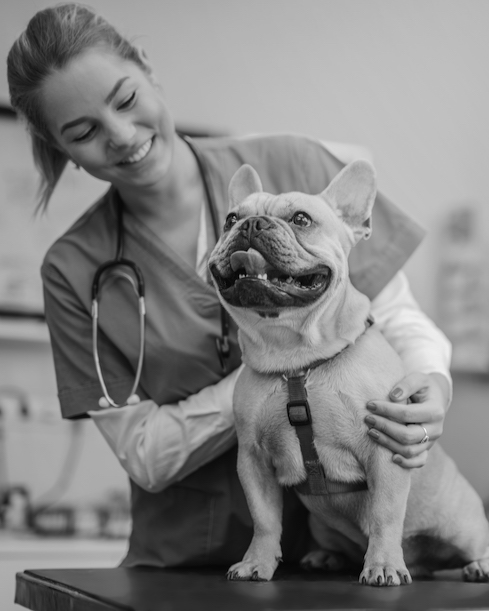History
“The history of the animal welfare movement in Bangor, Maine dates to the first decades of the nineteenth century. Over the course of its long history, the movement’s emphasis shifted from a focus on livestock and urban workhorses in the nineteenth century to children and animals at the turn of the century, and finally to companion animals, primarily cats and dogs.”
-Excerpted from the article “170 Years of Caring: The Animal Welfare Movement in Bangor, Maine” by John Blaisdell.
1869- The Bangor Society for the Prevention of Cruelty to Animals (BSPCA) is created with 136 members. In 1882, it is reorganized as the Bangor Humane Society.
1933– An animal shelter is officially established on Howard St. in Bangor, although reports indicate that unofficial shelters existed on Cottage St. and Elizabeth St.
1964– The shelter moves to Mt. Hope Ave.
1995– A new shelter is built at 693 Mt. Hope Ave. Between 7,000 and 10,000 animals are admitted each year and struggle with a euthanasia rate near 50%.
2008– A no-euthanasia policy is adopted. We begin to treat as many medical and behavioral challenges as possible. Combined with spay/neuter education programs on both a state and local level, admissions slowly begin to decline.
2016– Euthanasia rates improve enough to abandon use of the on-site incinerator that was part of the original construction. The room sits empty and unused, a stark reminder of how far the shelter has come.
2017– Partnering with rescue organizations in Georgia and Florida, BHS begins participating in a transport program that annually saves hundreds of animals from high-kill southerly shelters and brings them to Maine to meet the demand for adoption.
2020– The shelter undergoes extensive renovations. BHS is now a state of the art facility better equipped to manage the changing needs of the shelter. The incinerator is removed and the room is re-imagined as intake for transport dogs, many of which are puppies. The room is filled with new life. Click here for a virtual tour of our new shelter!
Now admitting around 3,000 animals a year, we celebrate a live-release rate of nearly 99%, having found homes right here in our communities for tens of thousands of pets. We have seen a reduction in overcrowding thanks in part to spay/neuter efforts, however, more and more pets with extraordinary medical or behavioral demands are ending up at BHS. We remain dedicated to our commitment to use euthanasia ONLY as a last humane option.
Despite a decline in intake numbers, our holding kennels remain full. The reason is that many of the animals we take in are not immediately suitable for adoption. Many of them stay much longer than they would have a decade ago. Because more animals with behavioral and medical issues are surrendered to our care, our need for foster homes also remains steady.
Here at BHS, we continue to keep the health and well-being of our charges at the forefront of our work. These days, we don’t ask whether we can spend thousands on orthopedic or dental surgery if it means improved quality of life, we ask how we can focus our resources to accomplish it. We aren’t just housing homeless pets, we are holding ourselves to the highest standards for every, single pet in our care.
With your help, we will continue to facilitate perfect matches and transform the lives of animals and humans alike!




